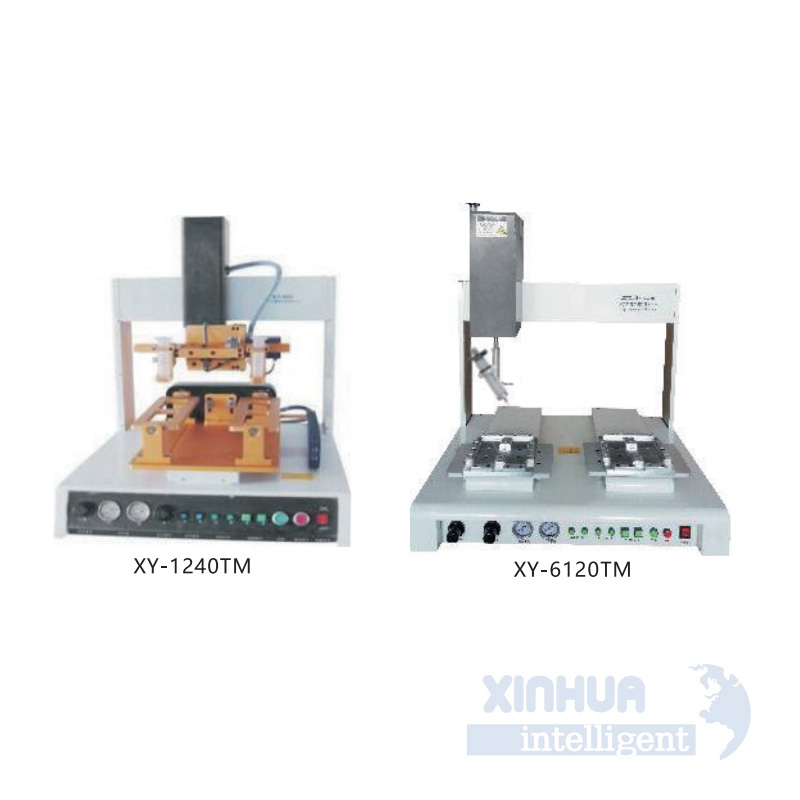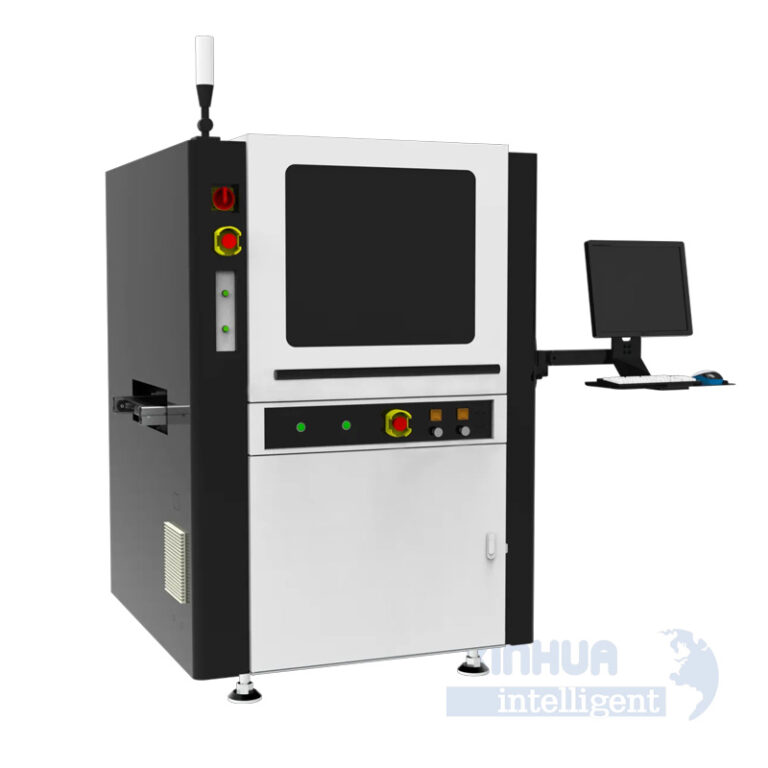
Title: Smart Shelf Systems: Transforming Retail and Inventory Management
In the fast-paced world of retail and supply chain management, efficiency and accuracy are no longer optional — they’re essential. As consumer expectations evolve and operational costs rise, businesses must adopt smarter, more responsive systems to stay competitive. One such innovation that’s gaining traction across industries is the smart shelf system.
A smart shelf system leverages IoT (Internet of Things), RFID (Radio-Frequency Identification), weight sensors, computer vision, and AI technologies to automate inventory tracking, monitor product availability, and enhance customer experience in real time. Whether in a physical store or a warehouse setting, these intelligent shelves offer actionable insights that drive smarter decision-making and streamline operations.
This article explores the common pain points facing traditional inventory and retail systems, how smart shelf technology addresses them, real-world applications, and what the future holds for this transformative solution.
—
1. Common Pain Points or Challenges
Despite advancements in digital transformation, many retailers and warehouse operators still rely on outdated, manual processes for inventory and shelf management. These legacy systems come with a host of challenges:
A. Inaccurate Inventory Tracking
Manual stock checks are prone to human error. Miscounts, misplaced items, and delayed updates can lead to discrepancies between recorded and actual inventory levels. This results in overstocking, understocking, and missed sales opportunities.
B. Labor-Intensive Replenishment
Restocking shelves often requires significant manpower. Employees spend hours scanning barcodes, checking stock levels, and manually updating systems — time that could be better spent on customer service or strategic tasks.
C. Poor Real-Time Visibility
Traditional systems lack real-time data, making it difficult to respond quickly to demand fluctuations or supply chain disruptions. Without up-to-the-minute visibility into stock levels, retailers risk losing customers due to out-of-stocks or excess inventory tying up capital.
D. Inefficient Pricing and Promotions Management
Updating pricing tags and promotional materials across multiple locations is time-consuming and error-prone. Manual price changes can lead to inconsistencies, pricing errors, and even compliance issues.
E. Suboptimal Customer Experience
Shoppers expect products to be available when and where they want them. Empty shelves, incorrect pricing, and long wait times for assistance create frustration and drive customers to competitors.
These inefficiencies not only impact profitability but also hinder scalability and agility in today’s dynamic market environment.
—
2. Practical and Technical Solutions
Smart shelf systems provide a robust, scalable solution to these persistent challenges by integrating advanced technologies into everyday retail and logistics operations.
A. RFID and Weight Sensors for Real-Time Inventory Monitoring
Smart shelves are equipped with RFID tags or weight sensors that continuously monitor product presence and quantity. When an item is removed or added, the system automatically updates inventory records in real time. This ensures accurate stock counts and eliminates the need for manual audits.
B. IoT Integration for Automated Alerts and Replenishment
Connected via the Internet of Things (IoT), smart shelves communicate directly with backend inventory management systems. When stock falls below a predefined threshold, the system generates automatic alerts to trigger replenishment orders. Some advanced systems can even initiate restocking workflows without human intervention.
C. Digital Price Tags and Dynamic Pricing
Electronic shelf labels (ESLs) replace traditional paper tags, allowing retailers to update prices instantly across all locations from a centralized platform. This not only reduces labor costs but also enables dynamic pricing strategies based on demand, time of day, or competitor activity.
D. Computer Vision for Enhanced Analytics
Some smart shelf systems incorporate computer vision to identify products visually, track movement patterns, and detect anomalies like theft or misplacement. This level of insight supports loss prevention, space optimization, and personalized marketing efforts.
E. AI-Powered Insights for Predictive Management
Artificial Intelligence (AI) algorithms analyze historical and real-time data from smart shelves to forecast demand, optimize restocking schedules, and recommend ideal product placements. This predictive capability allows retailers to anticipate needs rather than react to shortages.
Together, these technologies create a seamless, intelligent ecosystem that transforms static shelves into active participants in the supply chain.
—
3. Real-World Applications
The adoption of smart shelf systems is growing rapidly across various sectors, driven by tangible benefits and ROI. Here are some notable use cases:
A. Supermarkets and Grocery Chains
Major grocery chains have begun deploying smart shelves to monitor perishable goods, reduce food waste, and improve shelf availability. For example, Walmart has tested RFID-enabled smart shelves to automate inventory checks and ensure fresh produce is always stocked.
B. Pharmacies and Healthcare Facilities
In pharmacies and hospitals, accurate medication tracking is critical. Smart shelves help ensure correct dosages are dispensed, prevent counterfeiting, and alert staff when controlled substances are accessed.
C. Convenience Stores and Vending Machines
Retailers like Amazon Go and 7-Eleven are using smart shelf technology in conjunction with cashierless checkout systems. Weight-sensitive shelves detect when items are taken or returned, enabling seamless transactions and real-time inventory adjustments.
D. Warehouses and Distribution Centers
In logistics environments, smart shelves streamline picking and packing processes. By guiding workers to the exact location of items and verifying picks in real time, these systems reduce errors and increase throughput.
E. Fashion and Apparel Retail
Clothing retailers use smart shelves to track high-value items, manage seasonal inventory, and integrate with fitting room analytics. For instance, RFID-equipped mannequins can display product details and suggest complementary items as customers browse.
These applications demonstrate the versatility and effectiveness of smart shelf systems across diverse industries.
—

4. Conclusion & Call to Action
As businesses strive to meet the demands of modern consumers and optimize supply chain performance, smart shelf systems represent a pivotal technological advancement. They address key pain points in inventory management, enhance operational efficiency, and elevate the customer experience — all while providing valuable data for strategic decision-making.
For organizations looking to implement smart shelf technology, partnering with a trusted provider is essential. Xinhua Intelligent, a leader in smart retail solutions, offers end-to-end smart shelf systems tailored to the needs of retailers, warehouses, and logistics providers. With cutting-edge hardware, intuitive software platforms, and expert support, Xinhua Intelligent empowers businesses to transform their operations and future-proof their infrastructure.

If you’re ready to take your inventory and retail strategy to the next level, consider exploring how Xinhua Intelligent’s smart shelf solutions can benefit your organization. Visit [www.xinhua-intelligent.com](http://www.xinhua-intelligent.com) to learn more and schedule a consultation today.

—
Transform your shelves. Empower your business. Embrace the future with Xinhua Intelligent.
